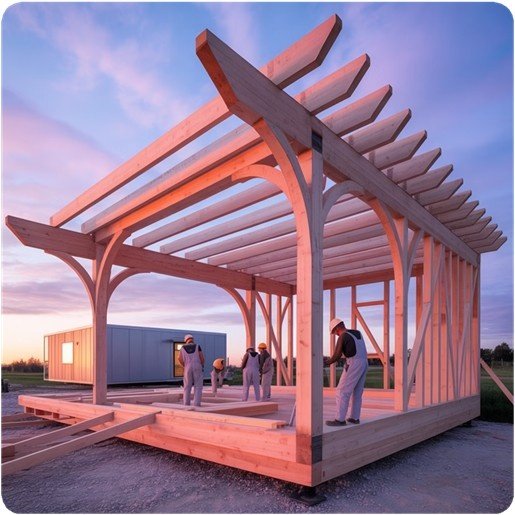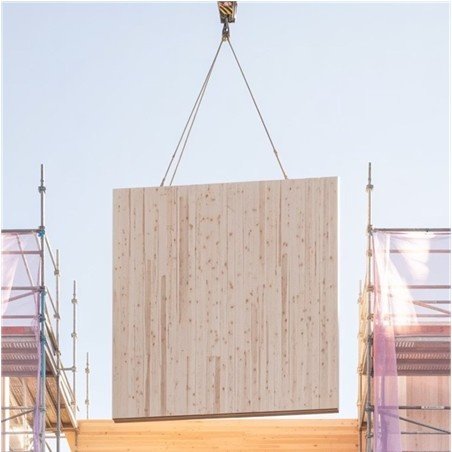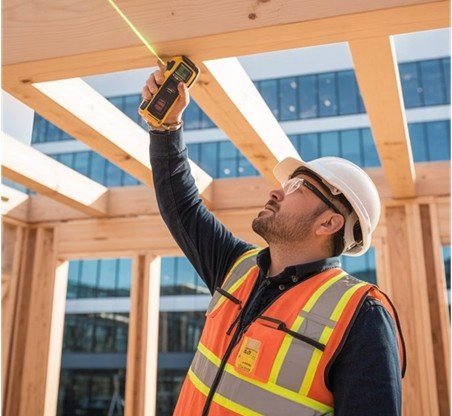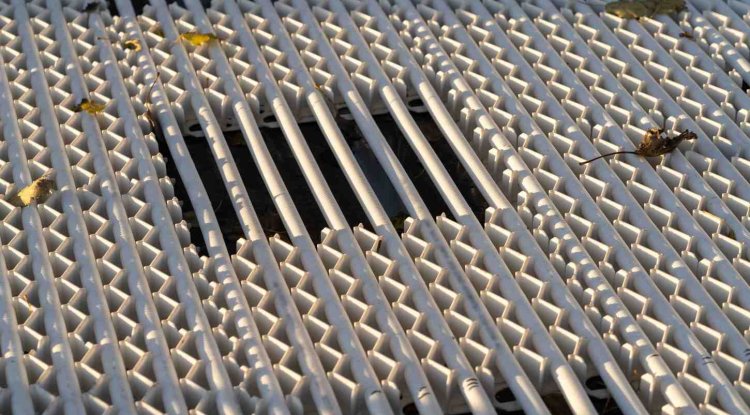Understanding Structural Wood Joints: Traditional Methods in Modern Design
Wood joinery represents the marriage of ancient craftsmanship with contemporary engineering precision. From timber-framed barns that have stood for centuries to modern mass timber skyscrapers, structural wood joints remain fundamental to creating durable, sustainable buildings that stand the test of time.
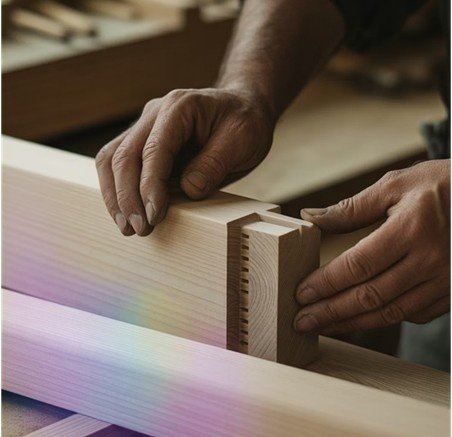
The Foundation of Wood Construction
|
Engineering Heritage Today’s wood construction projects demand joints that balance structural integrity, cost efficiency, and constructability—whether designing residential frames or complex commercial timber structures. |
|
The cornerstone of timber framing, featuring a projecting tenon that fits precisely into a mortise cavity. Provides exceptional tensile and compressive strength for beam-to-post connections in heavy timber construction.
Interlocking wedge-shaped connections that resist withdrawal forces. Commonly used in sill plates and foundation connections where lateral stability is critical for structural performance.
End-to-end connections that join timber pieces along their length. Essential for creating continuous beams and extending structural members beyond available lumber lengths in commercial projects.
Essential Traditional Joint Types
Mortise & Tenon
Dovetail Joints
Scarf Joints
Modern Applications in Structural Design
|
|
Contemporary structural engineering has revolutionized traditional wood joints through advanced modeling and fabrication techniques. Computer-aided design allows engineers to optimize joint geometry for specific load conditions, while CNC machinery ensures precise cuts that rival traditional hand-crafted quality. Mass timber construction—featuring CLT panels and glulam beams—relies heavily on sophisticated joint design to achieve the structural performance required for mid-rise and high-rise buildings. These projects demand careful coordination between architects, engineers, and fabricators to ensure joint details meet both aesthetic and structural requirements. |
Load Transfer and Structural Performance
|
Engineering Considerations Structural engineers must evaluate factors including wood species, moisture content, load duration, and environmental conditions. Advanced finite element analysis helps predict joint behavior under various loading scenarios, ensuring reliable long-term performance. |
|
Advanced BIM software enables precise visualization of complex wood joints, allowing engineers to identify potential conflicts and optimize connections before fabrication begins.
Automated joint libraries streamline the design process, ensuring consistent details across projects while maintaining flexibility for custom applications and unique structural requirements.
Digital models generate precise shop drawings and CNC toolpaths, bridging the gap between engineering design and manufacturing execution for seamless project delivery.
BIM Integration and Digital Detailing
3D Modeling
Parametric Design
Fabrication Coordination
Quality Control and Code Compliance
|
|
Successful wood joint implementation requires rigorous quality control throughout design and construction phases. Structural engineers must ensure compliance with IBC provisions, NDS specifications, and local building codes while coordinating with contractors for proper installation techniques. Regular field inspections verify that constructed joints match approved drawings, with particular attention to bearing surfaces, bolt spacing, and connection hardware. Documentation of joint performance supports long-term building maintenance and future modifications. |
What's Your Reaction?







